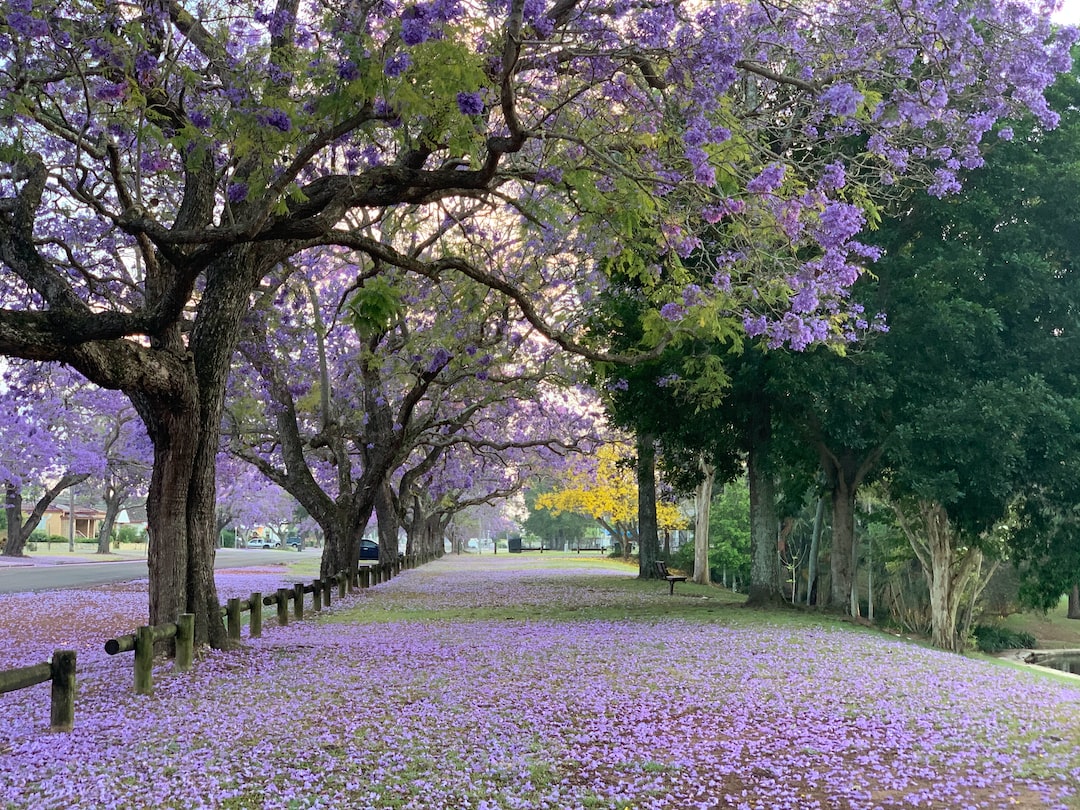Exploring the Art of Bonsai: A Beginner’s Guide
Bonsai, a traditional Japanese art form, has captivated enthusiasts globally for centuries. The cultivation of miniature trees in small pots allows individuals to create stunning and intricate displays of natural beauty. If you’re a beginner wanting to embark on this artistic journey, this guide will provide you with an introduction to the art of bonsai and help you get started.
1. Understanding the Art of Bonsai:
Bonsai, derived from the Japanese words bon (tray) and sai (planting), refers to the cultivation and artistic shaping of trees. The aim is to create a miniature representation of a full-sized tree, and bonsai trees symbolize harmony, balance, and nature. It’s important to remember that bonsai is not a specific species of plant, but the technique used to grow and maintain them.
2. Selecting the Right Tree:
When choosing a tree for bonsai, consider factors such as climate, species, and personal preference. Some popular choices include juniper, pine, maple, and ficus. It’s essential to select a tree that can thrive in your climate conditions, as some species require specific temperatures and sunlight exposure.
3. Bonsai Tools and Supplies:
To embark on your bonsai journey, you’ll need a few essential tools and supplies. These can include pruning shears, concave cutters, wire cutters, bonsai soil, wire, plastic training pots, and a bonsai watering can. These tools will help you shape and maintain your tree over time.
4. Basic Techniques:
Pruning, wiring, and repotting are the fundamental techniques used in bonsai cultivation. Pruning helps maintain the desired shape and size of the tree, while wiring assists in shaping the branches. Repotting is necessary to provide the tree with fresh soil and ensure its continuous growth.
5. Care and Maintenance:
Bonsai trees require regular care and maintenance to thrive. Adequate watering, exposure to sunlight, and maintaining humidity levels are crucial factors. It’s important to learn about the specific needs of your chosen species to ensure it stays healthy and vibrant.
6. Patience and Persistence:
Bonsai is not a quick process; it requires patience and persistence. Shaping a bonsai tree is an ongoing endeavor that will take several years to achieve the desired transformation. Therefore, it’s important to embrace the journey and appreciate the slow but rewarding progress.
7. Learning from Experts:
One of the best ways to enhance your knowledge and skills in bonsai is by learning from experienced practitioners. Attend local bonsai workshops, join clubs, or take online courses to gain insights from experts. They’ll guide you through the techniques, offer advice on tree care, and inspire you with their expertise.
8. Experimentation and Creativity:
Bonsai is an art form that encourages experimentation and creativity. As you gain experience, you can explore different styles such as formal upright, informal upright, cascade, and windswept. You can also experiment with various techniques to create unique and personalized displays.
9. Enjoying the Process:
While the end result of a beautifully shaped bonsai tree is undoubtedly satisfying, it’s crucial to enjoy the process as well. Bonsai allows you to connect with nature, express your creativity, and find tranquility in the nurturing and shaping of your miniature masterpiece.
10. A Lifetime Journey:
Bonsai is not just a hobby but a lifelong journey. As you delve into this art form, you’ll continuously learn and evolve your techniques. It’s a passion that can be passed down through generations, creating a living legacy.
Embarking on the art of bonsai offers a truly rewarding experience. You’ll not only marvel at the beauty you create but also develop a deep appreciation for nature and patience. So, take the first step, select your tree, gather your tools, and let the art of bonsai enrich your life.


